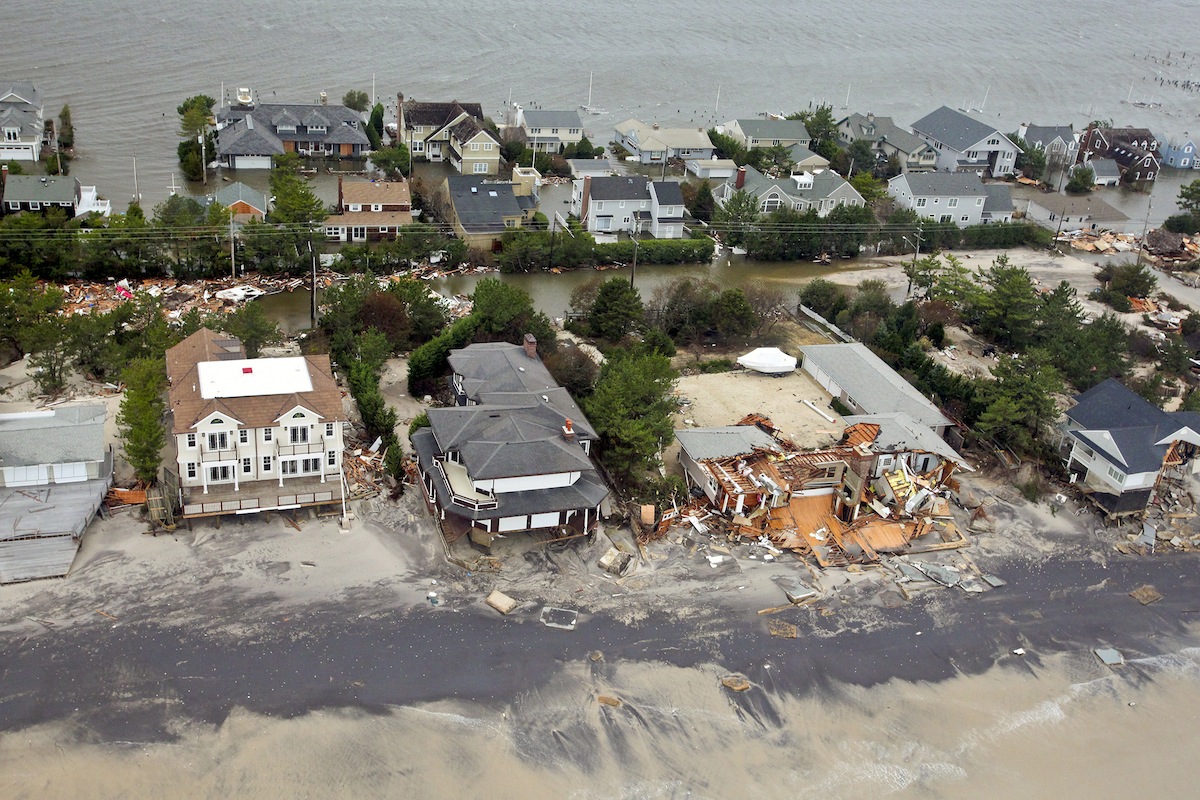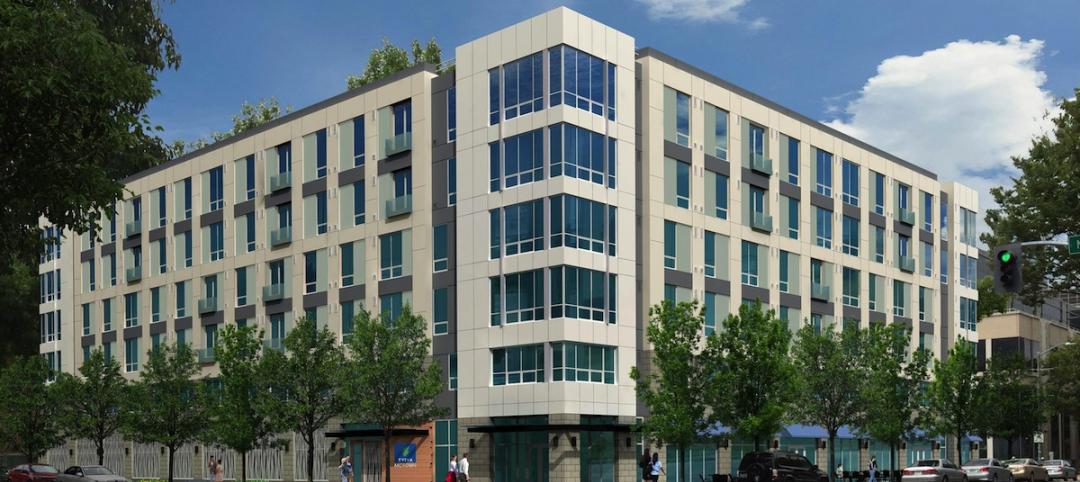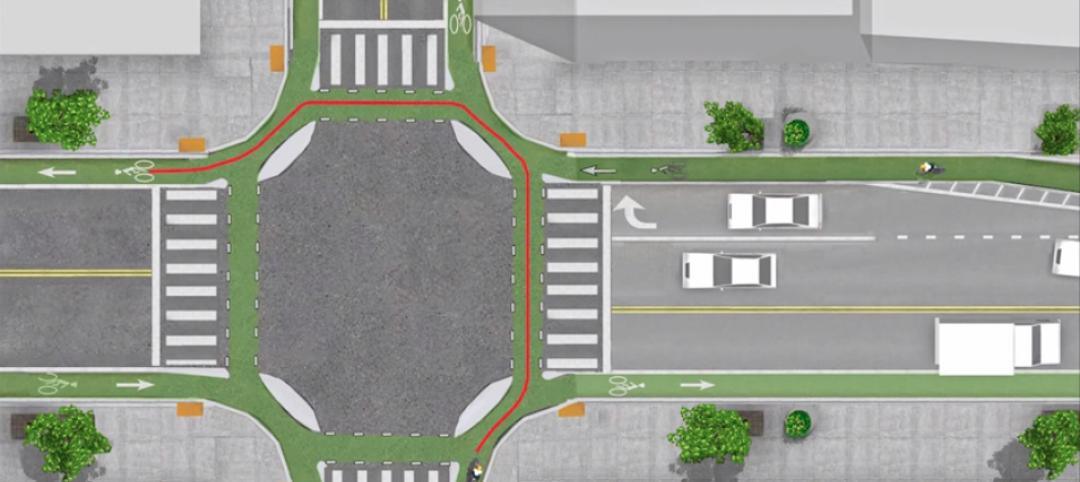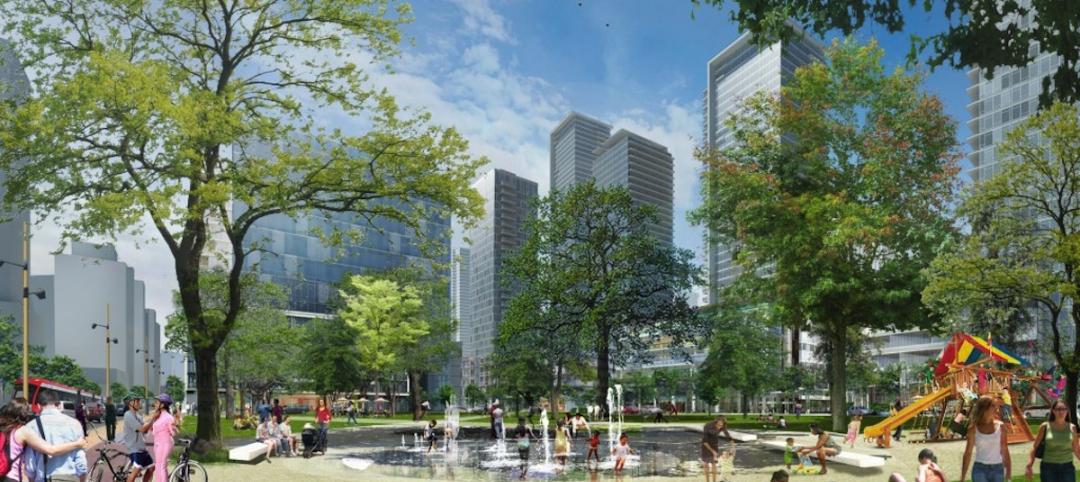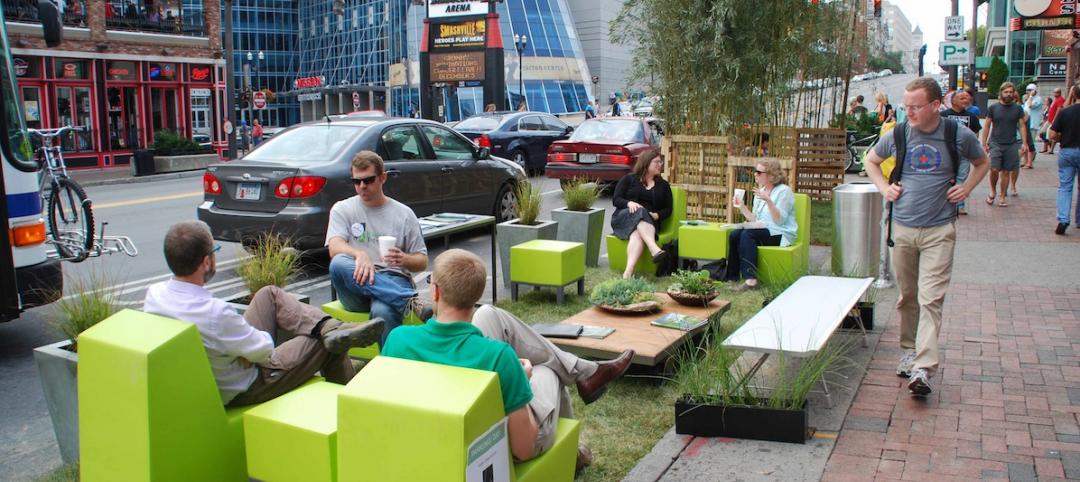The U.S. Commerce Department's National Institute of Standards and Technology (NIST) issued a draft guide to help communities plan for and act to keep windstorms, floods, earthquakes, sea-level rise, industrial mishaps, and other hazards from inflicting disastrous consequences.
NIST is requesting public feedback on the draft "Community Resilience Planning Guide for Buildings and Infrastructure." The official first version of the guide will be released this fall and updated periodically as new building standards and research results become available, and as communities gain experience using the guide and recommend improvements.
The guide aims to bring community resilience into practice with input from stakeholders in order to make the guide and effective tool for helping communities to bounce back quickly and efficiently after natural and human-caused disasters.
According to data collected by the Commerce Department's National Oceanic and Atmospheric Administration (NOAA), over the last four years, the nation experienced 42 extreme weather events that caused at least $1 billion in damage, for a total cost of about $227 billion and 1,286 lives lost. In all, there were 334 major disaster declarations in the United States between 2010 and 2014.
According to a separate tally by the Center for Research on the Epidemiology of Disasters in Belgium, the United States experienced about 500 natural disasters between 1994 and 2013, ranking second globally, behind China. The 10 deadliest of these U.S. disasters killed more than 4,000 people.
"Resilience planning is not a stand-alone activity," said NIST structural engineer Therese McAllister, who led development of the planning guide. "The guide recommends that communities integrate their resilience plans into economic development as well as zoning and other local planning activities that impact buildings, public utilities and other infrastructure systems that residents rely on for important services."
The guide lays out a six-step process that starts with the formation of a resilience team drawn from the community and culminates with the development and implementation of resilience strategies that are updated regularly. The resilience team's role is to engage community representatives in a series of efforts that include defining how vital social functions like healthcare, education and public safety are supported by local buildings and infrastructure systems, such as power, water, and transportation.
This information helps to address a critical question: When do buildings and infrastructure systems that support social functions need to be restored so that recovery is not deferred and the community's longer-term ability to serve local residents does not deteriorate?
 Image: NIST
Image: NIST
The guide is an important addition to the National Preparedness System, which provides a way to organize preparedness activities and programs. Nearly 24,000 U.S. communities have developed mitigation plans that aim to reduce the risk of damage from a hazard, according to the Federal Emergency Management Agency (FEMA). Effective mitigation measures will, for example, protect a building from flooding, but factoring in resilience will help to ensure that the structure also has power and water during recovery.
The draft guide consists of two volumes. The first provides an overview of community resilience and summarizes the six steps involved in developing and implementing a resilience plan. It also provides an example of how a fictional community uses the framework to plan and guide resilience efforts.
The second volume serves as a detailed resource to support the six steps. It includes comprehensive sections on characterization of social and economic functions, buildings, transportation, energy, communication, water and wastewater and community resilience metrics.
NIST led the development of the draft guide, convening four regional meetings to gather stakeholder input. It engaged nine outside experts in disciplines ranging from buildings to public utilities and from earthquake engineering to sociology to assist in drafting the guide. NIST also drew on its own expertise, developed through its detailed studies of more than 50 disasters and building failures, including the collapse of the World Trade Center buildings and the 2011 Joplin, Mo., and Moore, Okla., tornadoes. NIST expertise also comes from ongoing research to improve the structural performance of buildings and technical contributions to the development of building standards and codes by other organizations. NIST has no regulatory authority.
The 60-day public review of the draft Community Resilience Planning Guide for Buildings and Infrastructure has been announced in the Federal Register. The public comment period ends June 26. For more information on NIST's Community Disaster Resilience Program, visit the NIST website.
Related Stories
Smart Buildings | Jun 4, 2015
Evidence suggests wider lanes make city streets more dangerous
Lanes that are 10.5 feet wide have lower side impact crashes than standard 12-foot lanes, suggests new research.
BIM and Information Technology | Jun 3, 2015
More accurate GPS ready to change the way we shop, interact, and explore
New technology reduces location errors from the size of a car to the size of a nickel—a 100 times increase in accuracy. This is a major technological breakthrough that will affect how we interact with environments, the places we shop, and entertainment venues.
Multifamily Housing | Jun 1, 2015
Sacramento moves forward on multifamily project with new modular supplier
Guerdon Modular Buildings will provide modules for 118 apartments.
| May 29, 2015
Austin, Salt Lake City, Davis, Calif., and Boston creating first protected intersections in U.S.
Protected intersections arrange traffic so that everyone—bicyclists included—can see all moving traffic simply by looking forward instead of forcing people in cars and on bikes to look constantly over their shoulders.
Smart Buildings | May 28, 2015
4 ways cold-climate cities can make the most of their waterfronts
Though cold-climate cities pose a unique challenge for waterfront development, with effective planning waterfront cities with freezing winter months can still take advantage of the spaces year-round.
Multifamily Housing | May 28, 2015
Census Bureau: 10 U.S. cities now have one million people or more
California and Texas each have three of the one-million-plus cities.
Smart Buildings | May 27, 2015
Tactical urbanism: Why bigger isn’t always better in urban revitalization
A budding urban planning movement that is sprouting in cities across the globe proves that low-cost, small-scale, community-driven projects have the power to effect positive change.
Healthcare Facilities | May 27, 2015
Roadmap for creating an effective sustainability program in healthcare environments
With a constant drive for operational efficiencies and reduction of costs under an outcome-based healthcare environment, there are increasing pressures to ensure that sustainability initiatives are not only cost effective, but socially and environmentally responsible. CBRE's Dyann Hamilton offers tips on establishing a strong program.
Healthcare Facilities | May 27, 2015
Rochester, Minn., looks to escape Twin Cities’ shadow with $6.5 billion biotech development
The 20-year plan would also be a boon to Mayo Clinic, this city’s best-known address.
BIM and Information Technology | May 26, 2015
Moore's Law and the future of urban design
SmithGroupJJR's Stephen Conschafter, urban designer and planner, discusses his thoughts on the 50th anniversary of Moore's Law and how technology is transforming urban design.


